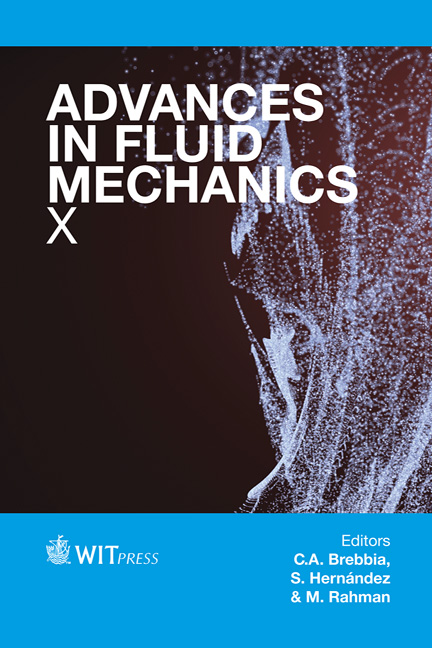Insights On The Application Of Some Current SPH Approaches For The Study Of Muddy Debris Flow: Numerical And Experimental Comparison
Price
Free (open access)
Transaction
Volume
82
Pages
12
Page Range
3 - 14
Published
2014
Size
599 kb
Paper DOI
10.2495/AFM140011
Copyright
WIT Press
Author(s)
A. Pasculli, L. Minatti, C. Audisio & N. Sciarra
Abstract
The modeling of debris flow poses serious numerical problems, particularly with regard to the significant distortions of the numerical grid, as it is usually applied in both Eulerian and Lagrangian mesh based approaches. In alternative, meshless type techniques have been proposed by different authors. Among others, SPH (Smoothed Particle Hydrodynamics) is a purely mesh-free Lagrangian method well suitable for computing highly transitory free surface flows of complex fluids in complex geometries. However, a drawback of SPH method is the modelling of the interaction between the fluid and the solid boundaries, for which different approaches have been proposed. Accordingly, we developed a 2D SPH research numerical model, also in order to both implement different kind of SPH algorithms and perform sensitivity analysis based on experimental test outcomes, as already discussed previously. Hence the content of this paper is aimed at discussing further insights, in particular, about how much the numerical variability of the parameters requested to apply the selected Herschel-Bulkley non Newtonian constitutive rheological equations, describing a viscoplastic material like mudflows, affect the numerical results. Moreover further comparisons among numerical results are given and discussed. Keywords: SPH, 2D numerical modeling, parametric studies, muddy debris flow.
Keywords
SPH, 2D numerical modeling, parametric studies, muddy debris flow.





